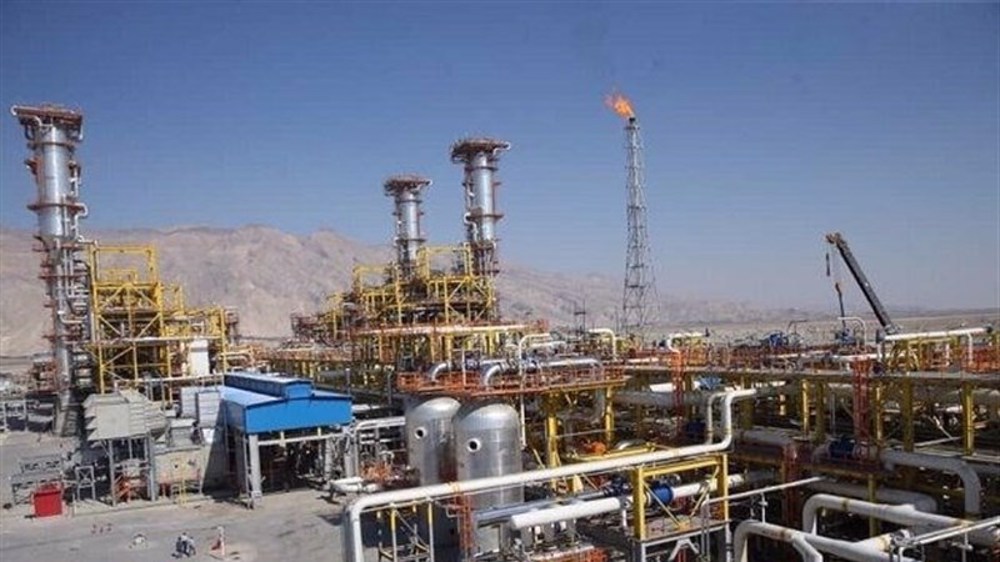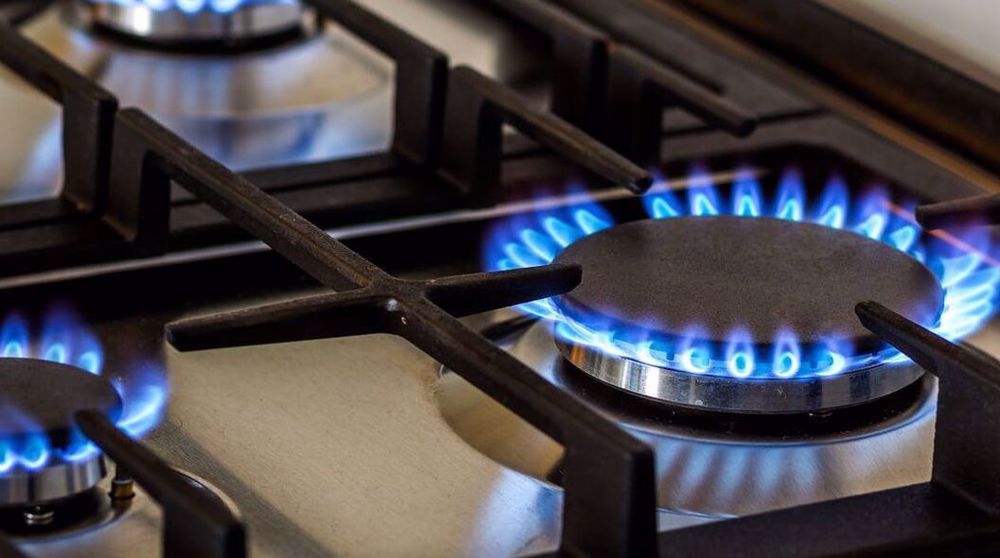Iran can have 100% renewable grid by 2030: Study
Iran has the capacity to build a 100% renewable energy system by 2030 with about $187 billion of investment, a Finnish university study has found.
According to the Lappeenranta University of Technology, the country would need to develop about 49 gigawatts of solar power, 77 gigawatts of wind energy and 21 gigawatts of hydropower to achieve a zero-emissions grid.
Iran is heavily dependent on natural gas and oil to generate power and one of the most energy-intensive countries in the world because government subsidies for fossil fuels encourage inefficient energy use.
Per capita energy consumption in Iran is 10 times greater than in Europe, according to the study. The university published the research at the 11th International Energy Conference held in Tehran.
Water shortage and air pollution, however, is becoming an acute problem for the country of more than 80 million people, forcing officials to embrace the idea of expanding renewable energy capacity.
Existing wind and solar capacity is tiny. According to SUNA, the renewable energy organization of Iran, there are only 15 wind farms in the country where 100,000 megawatts of potential capacity exists from wind alone.

Iran is seeking 5,000 megawatts of renewable energy by 2020, with more than 4,000 megawatts expected to come from wind power. The country has approximately 141 megawatts of installed wind power.
The Finnish researchers found that wind and solar power is the most economical clean energy option - 50 to 60 percent less costly than new nuclear capacity or fossil fuel-based power with carbon capture.
A green grid could also make water desalinization cost-effective in the face of water scarcity which is becoming a serious problem and affecting almost all Iranian provinces.
“A 100 percent renewable energy system for Iran is found to be a real policy option,” the Lappeenranta University of Technology (LUT)’s study concluded.
"This requires fundamental change in how we think carbon, but it could potentially open major new business opportunities," said LUT's Professor Christian Breyer.

SUNA is looking to attract $10 billion of direct private investment by 2018 and $60 billion by 2025. The national grid is also being upgraded so it can cope with any influx of renewables.
Energy producers from Germany, Italy, India, Korea and Japan have visited the country to test the waters for possible investment.
Hamas thanks Iran, Resistance Front following achievement of ceasefire in Gaza
'Capitulation': Israeli officials and media concede Gaza defeat as truce unfolds
'Gaza has won': Social media users react to ceasefire with mix of relief, joy
Iran seeks South Korea’s assistance for AI, fiber-optic projects
VIDEO | Iran's 'Eqtedar' (Power) maneuver
Israel hits HTS military target in Syria for 1st time since fall of Assad
VIDEO | Press TV's news headlines
Israel has slaughtered 13,000 students in Gaza, West Bank










 This makes it easy to access the Press TV website
This makes it easy to access the Press TV website